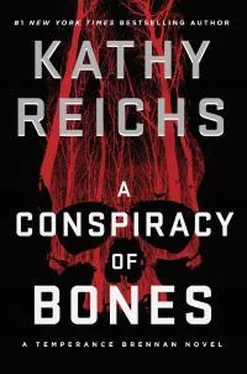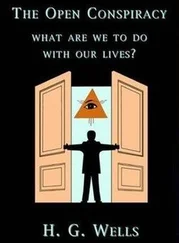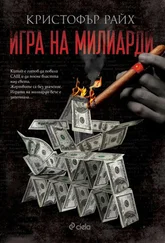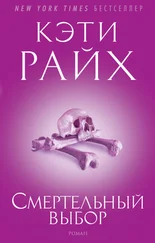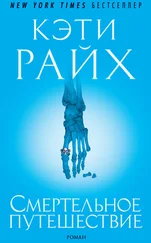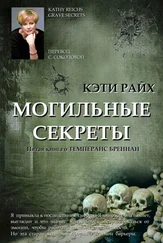My writing process unfolds in three phases. First comes the ant phase, when my mind collects and stashes tidbits. Some info is so timely and compelling that a book practically writes itself. Other items must germinate a while, intermingling and cross-pollinating until an idea for a plot line arises from the cerebral mix. Then I move to the paper phase, making lists, drawing charts, scribbling outlines, and testing whether the potential story has the muscle to grow into a book. What if this occurs? I ask myself. What if that ? What setting? What contemporaneous happenings in our heroine’s life? When all the weaving and twisting and juxtaposing are done, and questions of plausibility have been considered and potential winners selected, it’s on to the computer phase. Bum to the chair, eyes to the screen, fingers to the keyboard.
A Conspiracy of Bones was no exception. The ant gathering began years ago when a friend shared her misgivings concerning the sinking of the ferry Estonia . Too busy with a new job to continue studying the tragedy, she offered me her trove of research materials. Intrigued, but unable to find that all-important engine to drive a plot line, I let the idea lie dormant for almost a decade.
Also sleeping in my gray matter was an article I’d read about Somerton Man, a real-life death investigation and now a very cold case. Somerton Man’s body was discovered on a beach near Adelaide in the winter of 1948, and the case is described as one of Australia’s “most profound mysteries.” All labels had been cut from his clothing. A pants pocket held a scrap bearing a Persian phrase meaning “it is ended.” Investigators tracked the scrap to a book containing indented writing—phone numbers and encrypted script. Theories were wide-ranging. Was Somerton Man a postwar refugee? An assassinated cold war spy? An eccentric local who’d overdosed or taken his own life? To this day the gentleman’s name and cause of death remain unknown.
Great starters. I could imagine sinister links to the Estonia incident. But Somerton Man had a face and teeth and fingers. A corpse arriving in Tempe’s lab could very well lack such identifiers.
A third tidbit slumbering in the old noggin, as Skinny Slidell would say, was a homicide case I worked on in the mid-nineties. The remains, found in a heavily forested area, were badly decomposed and scattered due to scavenging by bears. My skeletal autopsy suggested a white female in her forties. The profile matched that of a local woman missing several months. The victim’s boyfriend, a recently paroled felon, was eventually convicted of her murder.
Though far from my sole case involving animal damage to bone, the circumstances of this woman’s death touched me deeply. Every murder is wrong, but hers seemed doubly so. She’d fought for her killer’s release from prison. He’d thanked her by taking her life.
The bear-scavenged remains offered useful elements for a Temperance Brennan case: no features, no dentals, no prints. But for this novel I wanted our heroine in Dixie, not the northern woods or South Australia. While we have bears, feral hogs are a real nuisance in parts of North Carolina.
I envisioned a tragedy around which swirled theories of treachery. A body bearing ominous clues. A corpse lacking identifiers. This trio could work. But what about context? What is going on with our heroine?
In the novella First Bones , readers learned of the death of Tim Larabee, Mecklenburg County’s longtime medical examiner. Why not follow up on this misfortune and create a story arc in the manner that we relied on in the Bones writers’ room? How has this loss affected Tempe? Is the new boss an ally? Does the new boss appreciate Tempe’s expertise? Or, to the contrary, does this new person wish her ill? Good stuff. Next.
I began the nineteenth Brennan book at a time when bloggers and extremist talk show hosts were polluting the internet and the airways with hateful dialogue, unfounded conspiracy theories, and dangerous misinformation. When mainstream journalists felt compelled to fact-check the utterances of powerful figures. When the terms “fake news” and “alternate facts” had become common lingo. When listeners and readers were constantly forced to question the reliability of both the media and the media critics.
A national atmosphere of suspicion and doubt prevailed. What is real and what is not? It was a timely backdrop. But I also wanted to bring this sense of uncertainty down to a personal level.
That’s when I made a difficult decision. Like Tempe, I am a private person, reluctant to divulge my secrets or express my feelings. I would break that pattern. I would share with my readers a challenge that I recently faced. I would make an aspect of this story my own.
As some of you may know, I didn’t release a book last year. There is a reason I took time off.
Not long ago I was diagnosed with an unruptured cerebral aneurysm. Following its serendipitous discovery, my doctors monitored my brain like NASA tracks asteroids. There have been annual MRAs and the occasional MRI, simple procedures to check for signs of change. For a while all was dandy, everything in place. Then the little bubble decided to do some shape-shifting. I underwent an embolization, a procedure in which miniature metal coils are injected to block blood flow through the arterial wall. Since the surgery, I experience the occasional migraine, but otherwise all is well.
Bottom line. I have a brain oddity and headaches, so our heroine also has the dastardly duo. Do I worry about the aneurysm? Not much. Does Tempe? A bit more. And her fears about the state of her mind parallel the central theme of Conspiracy . What is real and what is not? What happens when the reliability of one’s judgment is questioned?
In Tempe’s case, what ensues when all hard data—her stock and trade—are taken from her? In Chapter 27, she thinks, “I am a scientist. I test hypotheses based on items I can observe, measure, weigh, and photograph. I’d been left with none. Could I rely on my stored perceptions? Could I sort what was real from what was not?”
So. Take a maritime disaster, two separate forensic cases, an atmosphere of hate-mongering propaganda and faux news, a stressful work situation, and a personal medical calamity. Add a computer crash involving a nonfunctioning backup drive and a creepy guy prowling my daughter’s yard at midnight. Mix thoroughly. Ta-da! A Conspiracy of Bones .
A
CKNOWLEDGMENTS
An army of people is involved in the production of any book—and at least a platoon in the creation of the story. As usual, I owe thanks to many for their contributions to A Conspiracy of Bones .
Andra Purkalitis alerted me to controversies surrounding the sinking of the ferry Estonia and graciously bequeathed to me all her research materials on the topic. Credit to Juta Rābe’s Estonia: Kuga nogrimšanas traǵēdija and to Drew Wilson’s The Hole.
Dr. Jennifer Newman was my go-to expert on the topic of steganalysis.
Captain Harold W. Henson and Detective W. C. Hastings, Charlotte-Mecklenburg Police Department, provided information on Hispanic gangs in Charlotte. Thanks, Two Chucks!
In the U.S., much appreciation to those who work so hard for me at Scribner: Nan Graham, Roz Lippel, Brian Belfiglio, Abigail Novak, Katie Rizzo, Kyle Kabel, and Beckett Rueda. And, above all, to my tireless editor, Rick Horgan.
In Canada, I am indebted to Kevin Hanson, Laurie Grassi, and Felicia Quon.
In the UK, Team Reichs is composed of Ian Chapman, Suzanne Baboneau, Gill Richardson, Polly Osborn, Pip Watkins, Richard Vlietstra, and Harriett Collins.
Gratitude to Dan Ruffino in Australia, and to Rahul Srivastava in India.
Читать дальше
